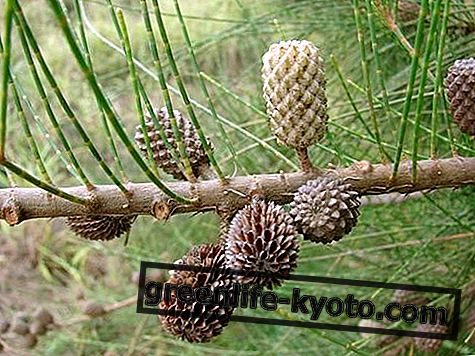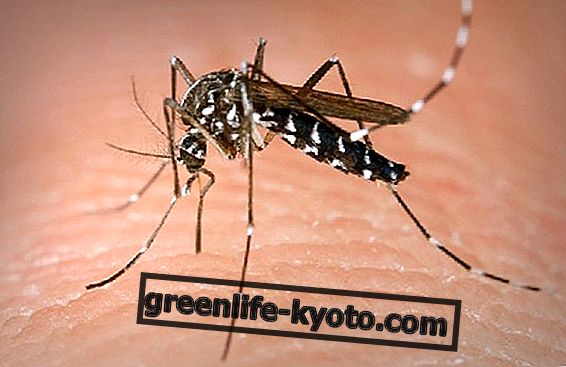The Catalonian chicory ( Chichorium intybus ), belongs to the Composite family and has re-mineralized properties and stimulates the production of bile . All properties, nutritional values and calories.

Properties and benefits of the Catalonian chicory
Catalonia is rich in mineral salts and vitamins; contains, in particular, vitamin A, vitamin C, calcium, potassium and phosphorus. Thanks to this wealth of nutrients, it can be considered a remineralizing food, especially if eaten raw. With cooking, in fact, it loses most of its nutrients, in which case it is advisable to drink a glass of the cooking water, rich in minerals.
It has a diuretic action and a rather limited caloric power, for these reasons it is also indicated in detoxifying diets and for those wishing to lose weight. In particular, raw-eaten chicory is suitable for this purpose, as it helps to reduce the absorption of carbohydrates.
It is suitable for those suffering from constipation, as it has a laxative action. The bitter substances it contains help digestion and help stimulate blood circulation. Furthermore, catalonia has a choleretic action; that is, it stimulates the elimination of bile .
Calories and nutritional values of the Catalonian chicory
100 g of catalonia contain 10 kcal / 42 kj.
Furthermore, for every 100 g of this product we have:
- Water 93.4 g
- Carbohydrates 0.7 g
- Sugars 0, 7 g
- Proteins 1.4 g
- Fat 0.2 g
- Cholesterol 0 g
- Total fiber 3.6 mg
- Iron 0.7 mg
- Calcium 74 mg
- Phosphorus 31 mg
- Vitamin B1 0.03
- Vitamin B2 0.19
- Vitamin B3 0.3
- Vitamin A 219 µg
- Vitamin C 17 mg
Catalonia, an ally of
Intestine, cardiocirculatory apparatus, liver .
Curiosity about the Catalonian chicory
- Catalonia is particularly loved by rabbits and rodents and helps keep their digestive and urinary tracts in good health. Turtles also love this type of chicory .
- The musical group Elio and the tense stories dedicated a very ironic song to the Catalonian chicory; is called, precisely, Catalonia .
- There are those who call it asparagus chicory, chi chicory from Catalonia and those from Catalonia . But, whatever it is called, it is a variety of chicory typical of Italy, very common especially in Lazio, Veneto and Puglia. The puntarelle of the Catalonian chicory, particularly tender, are usually eaten raw, in salad or pinzimonio, and are a typical dish of Rome and Lazio.
A recipe with the Catalonian chicory
To benefit from all the properties of Catalonia it is best to eat it raw, obviously if we talk about a tender chicory.
The puntarelle, as mentioned above, are excellent as an ingredient for mixed salads, but also in pinzimonio.
Try making a pinzimonio with extra virgin olive oil, salt and a dash of traditional balsamic vinegar from Modena. Serve the pinzimonio in small containers (the bitter glasses will do as well) and the newly washed chicory to all the diners, so that everyone can dip their catalonia in their own pinzimonio.
It can be a healthy way to end a dinner with friends. A puntarella leads to another and the conversation will also benefit.
For a light pinzimonio, you can replace the balsamic vinegar of Modena with apple or wine vinegar.












